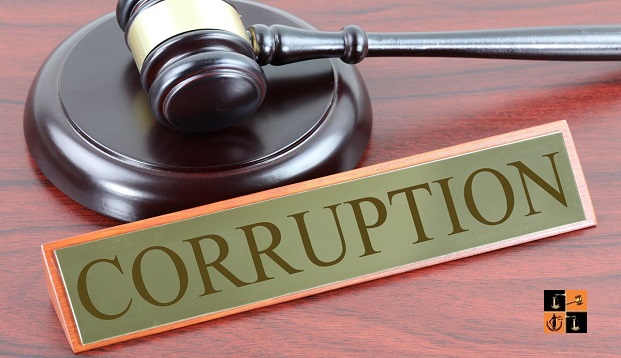A Brief History of the 2G Spectrum Scam – In 2008, India’s telecom sector was rocked by one of the biggest corruption scandals in the country’s history – the 2G spectrum scam. The scam involved the sale of 2G (second-generation) mobile phone spectrum licenses by the Indian government at prices far below market value, causing huge losses to the national exchequer. The scandal resulted in a public outcry, the resignation of key officials and politicians, and a prolonged legal battle that lasted for several years. In this article, we will take a closer look at the 2G spectrum scam and how it unfolded.
A Brief History of the 2G Spectrum Scam
What is the 2G Spectrum?
2G spectrum refers to the range of radio frequencies that are used for mobile phone communication. In India, the government is responsible for allocating these frequencies to telecom companies through a bidding process. The licenses for 2G spectrum were first auctioned in 1994, and subsequently in 2001 and 2008.
The Scandal Unfolds
In 2008, the government of India decided to sell 2G spectrum licenses through a “first-come-first-served” basis instead of auctioning them off. This decision was made under the then-Telecom Minister A. Raja, who was accused of colluding with telecom companies to sell the licenses at a price far below their market value.
The scam was uncovered when the Comptroller and Auditor General (CAG) of India released a report in November 2010, which estimated that the government had suffered a loss of Rs 1.76 lakh crore (approximately $24.7 billion) due to the under-pricing of the licenses. The report also highlighted several irregularities in the allocation of licenses, such as the grant of licenses to ineligible companies and the allocation of more licenses than allowed.
The Fallout
The 2G spectrum scam led to a major public outcry and demands for action against the guilty parties. Several high-profile officials and politicians were implicated in the scam, including former Telecom Minister A. Raja and corporate executives from leading telecom companies. The scam also led to the resignation of the then-Telecom Minister and the cancellation of 122 licenses by the Supreme Court of India.
The legal battle that followed the scam was prolonged and complex, with several individuals facing charges of corruption, conspiracy, and money laundering. The trial of the accused began in 2011, and it took nearly seven years for the court to deliver its verdict. In December 2017, the special court set up to try the case acquitted all accused parties, citing a lack of evidence.
The Impact
The 2G spectrum scam had far-reaching consequences for India’s telecom sector and the economy as a whole. The under-pricing of the licenses led to a huge loss of revenue for the government, which could have been used for social welfare programs and infrastructure development. The cancellation of licenses also had a negative impact on the telecom industry, leading to job losses and reduced competition in the market.
The scam also highlighted the need for greater transparency and accountability in the allocation of public resources in India. The government introduced several measures to prevent similar scams in the future, such as the implementation of e-auctions for the sale of spectrum licenses and the setting up of an independent regulator for the telecom sector.
Conclusion
The 2G spectrum scam remains one of the most high-profile corruption scandals in India’s history, and its impact continues to be felt in the telecom sector and beyond. While the legal battle may have come to an end, the need for greater transparency and accountability in the allocation of public resources remains a pressing issue in India.
FAQs
- Who was involved in the 2G spectrum scam?
Several high-profile officials and politicians were implicated in the scam, including former Telecom Minister A. Raja and corporate executives from leading telecom companies.
- What was the impact of the 2G spectrum scam on India’s telecom sector?
The scam had a negative impact on the telecom industry, leading to job losses and reduced competition in the market.
- What measures were introduced by the government to prevent similar scams in the future?
The government introduced measures such as the implementation of e-auctions for the sale of spectrum licenses and the setting up of an independent regulator for the telecom sector.
- Why did the court acquit all accused parties in the 2G spectrum scam case?
The court cited a lack of evidence in the case.
- What lessons can be learned from the 2G spectrum scam?
The scam highlights the need for greater transparency and accountability in the allocation of public resources, and the importance of preventing corruption in government decision-making.




